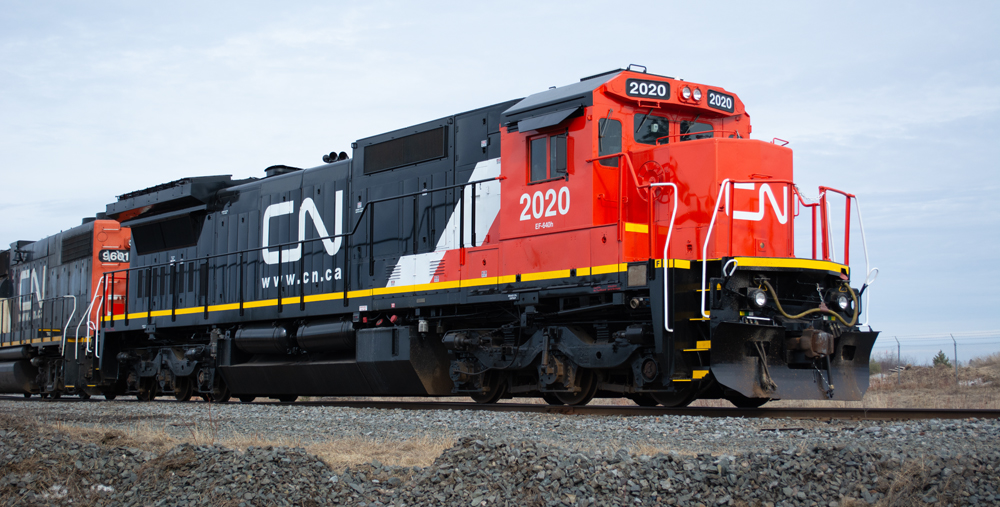
Locomotives and freight cars in fresh paint Locomotives and freight cars in fresh paint. Many modelers, myself included, enjoy accurately weathering locomotives and freight cars. I’ve written several articles on weathering for Model Railroader in my time with the magazine, including “How to weather with acrylics” in May 2016 and “How to weather a covered […]
Read More…
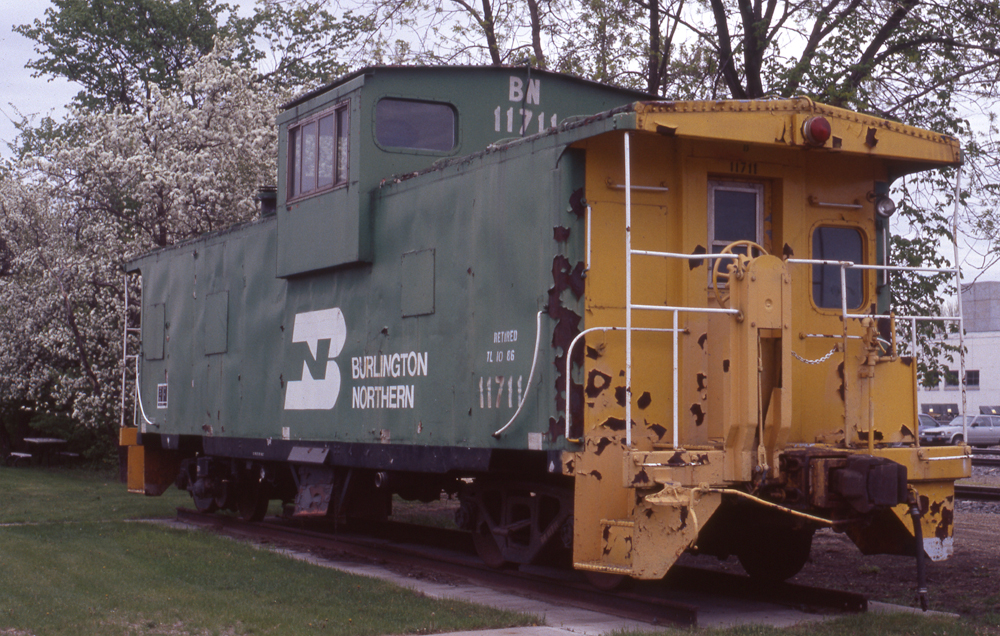
Burlington Northern caboose prototype: If you’ve been involved with model railroading for a while, you’ve most likely heard the expression “There’s a prototype for everything.” On my way to the National Model Railroad Association Thousand Lakes Region convention in Grand Forks, N.D. back in 2004, I made a stop in Hillsboro, N.D. The community of […]
Read More…
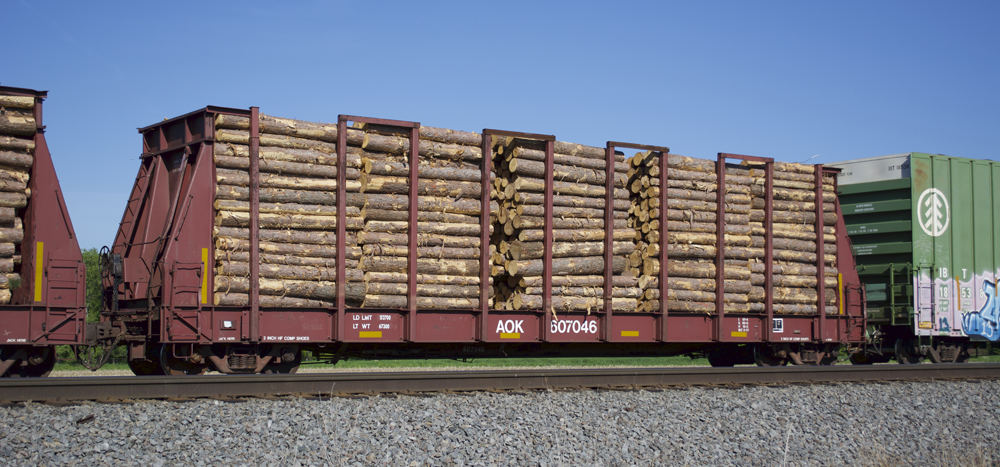
Modeling freight car loads: Kalmbach Media will be releasing Keith Kohlmann’s new book Model Realistic Freight Car Loads at the end of June. The 112-page book will feature a variety of loads, including farm machinery, heavy equipment, steel and metal products, assorted vehicles, forest products, and building materials. Seeing the announcement for the book on […]
Read More…

Antique Trackmobiles in railroading, is one way to describe them. The photographer of Pennsylvania Railroad No. 445 uses “doodlebug” in his caption. They’re more descriptively described as “rubber tired switchers” on a Pennsylvania Railroad railfan site. Whatever you call them, the trackless locomotives once employed by railroads are clearly ancestors of today’s Trackmobiles and similar […]
Read More…
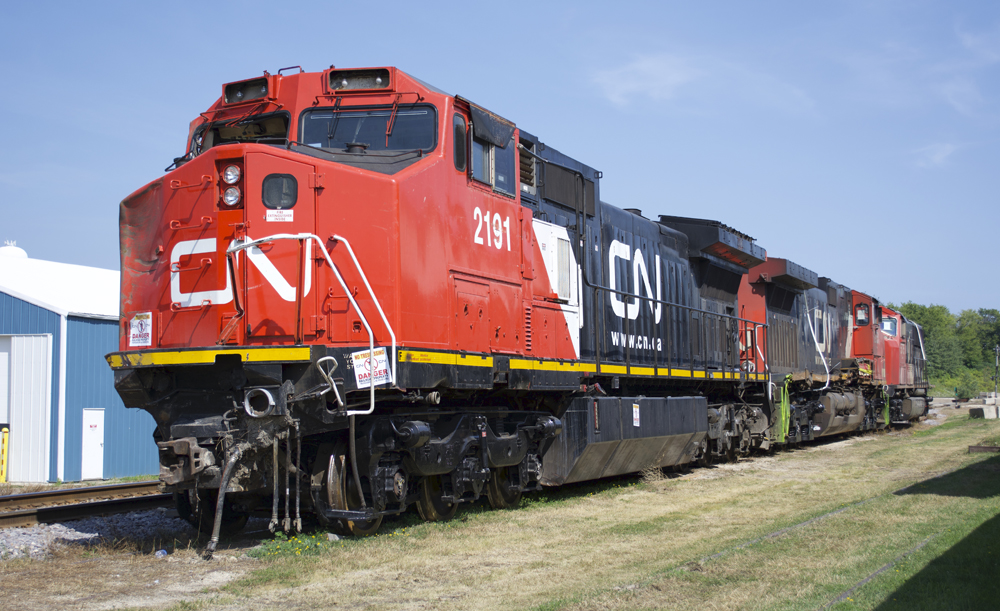
Transporting a damaged locomotive: Morning came early on Monday, July 21, 2014. The evening before I’d returned from Cleveland, Ohio, after attending the National Model Railroad Association National Convention and National Train Show. Naturally, I was pretty tired from the busy week. When the alarm went off, I flipped on the radio to listen to […]
Read More…
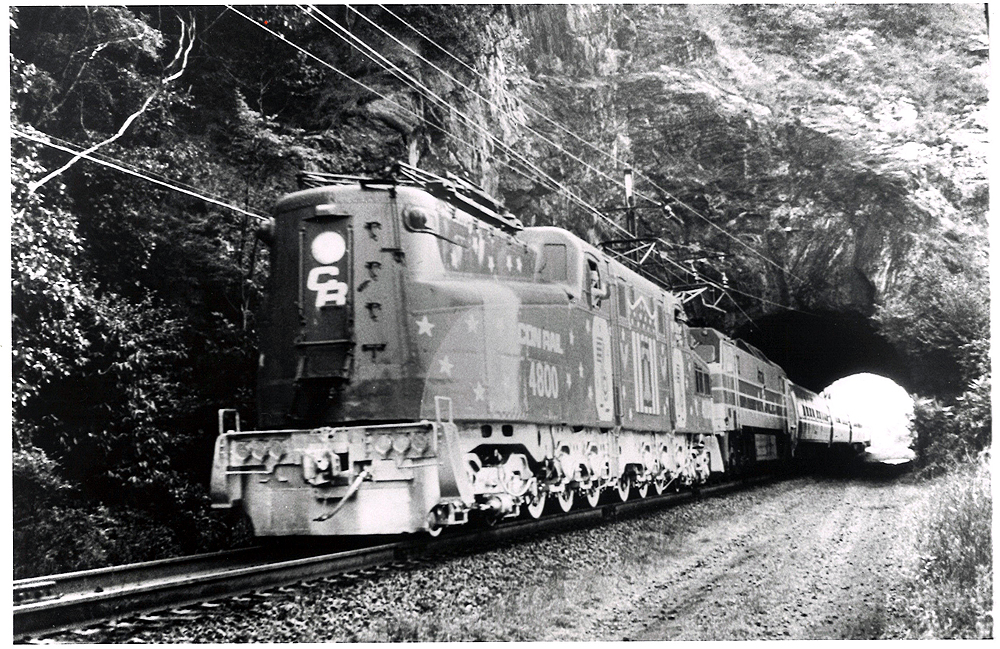
Model Conrail passenger trains. You read that right. Yes, you can model Conrail passenger trains prototypically. You are limited to the area roughly between Chicago and Connecticut, north to Detroit south to Philadelphia with highlights in and around New York City, New Jersey, Cleveland, and Pittsburgh. But oh, what a big box to dabble in. […]
Read More…
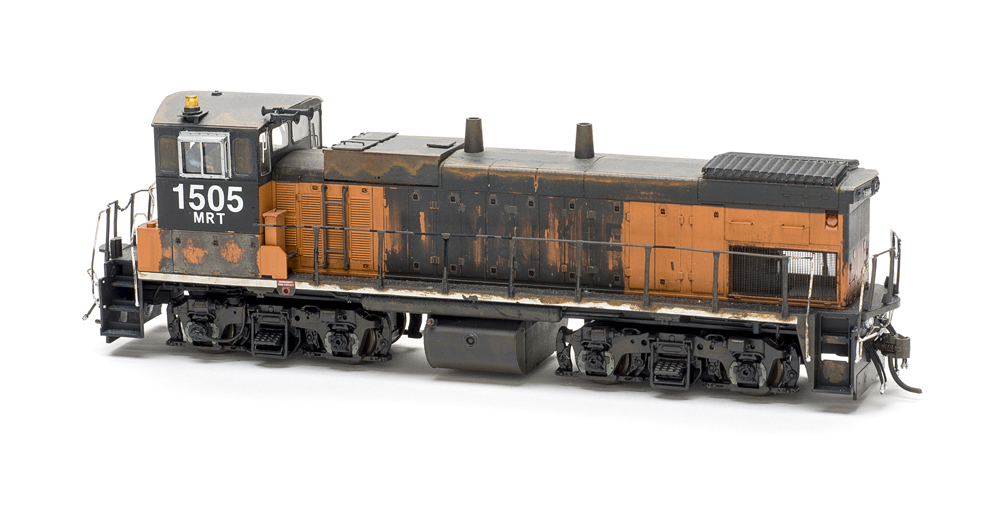
The colorful world of patchout equipment you can model Patchout equipment you can model: I remember when I placed Milwaukee, Racine & Troy MP15AC no. 1505 on our HO scale staff layout for the first time. Andy Sperandeo looked at the model, shook his head, and said, “Cody, there was a time when the […]
Read More…
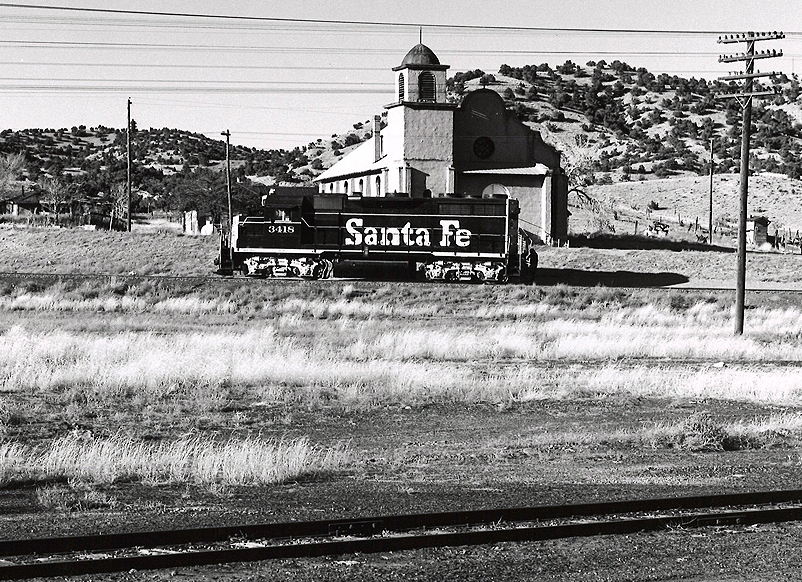
Santa Fe New Mexico branchline service epitomizes a long-gone era of U.S. railroading — the kind where locals and shuttles move rural freight (and passengers) in unhurried ways. True, this photo gallery from the David P. Morgan Library collection offers dedicated copper-mine running. But there are no “hot-shots”, high-priority merchandise freights, or even an intermodal […]
Read More…
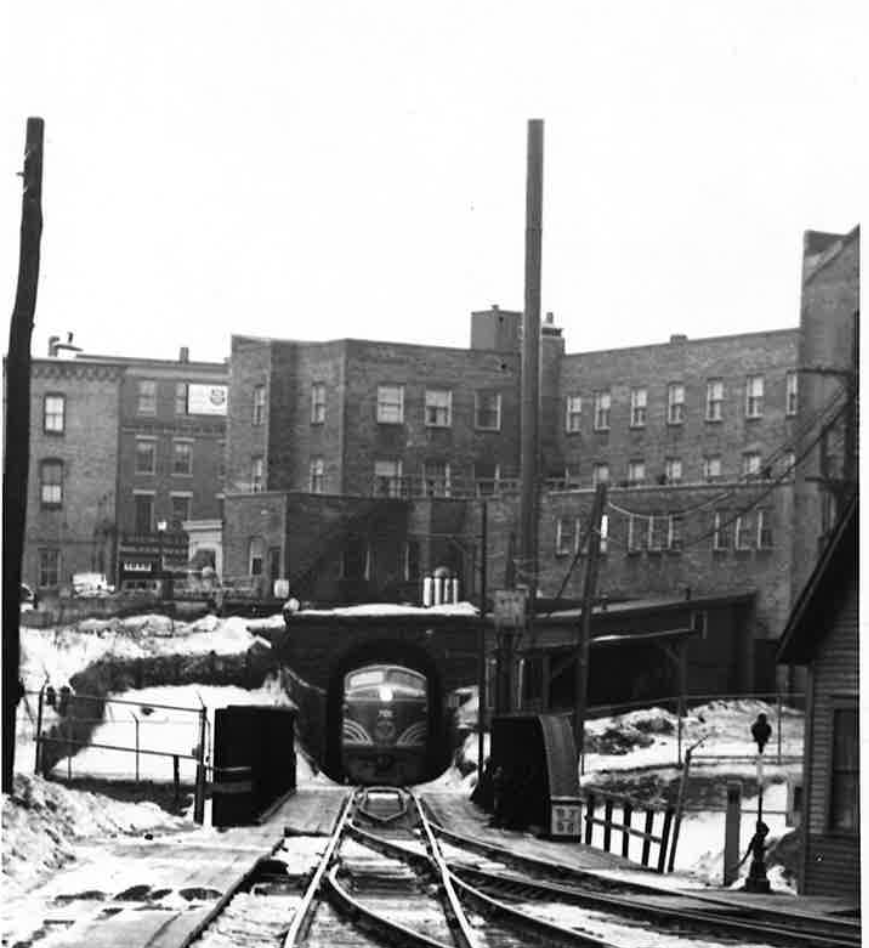
Tunnel under a town prototype: Yes, there is at least one U.S. example of railroads going underneath small towns. And here it is: Boston & Maine’s single track line through Bellows Falls, Vermont. Kalmbach Media’s David P. Morgan Library has three photos in the Boston & Maine tunnels folder that show off this specimen in […]
Read More…
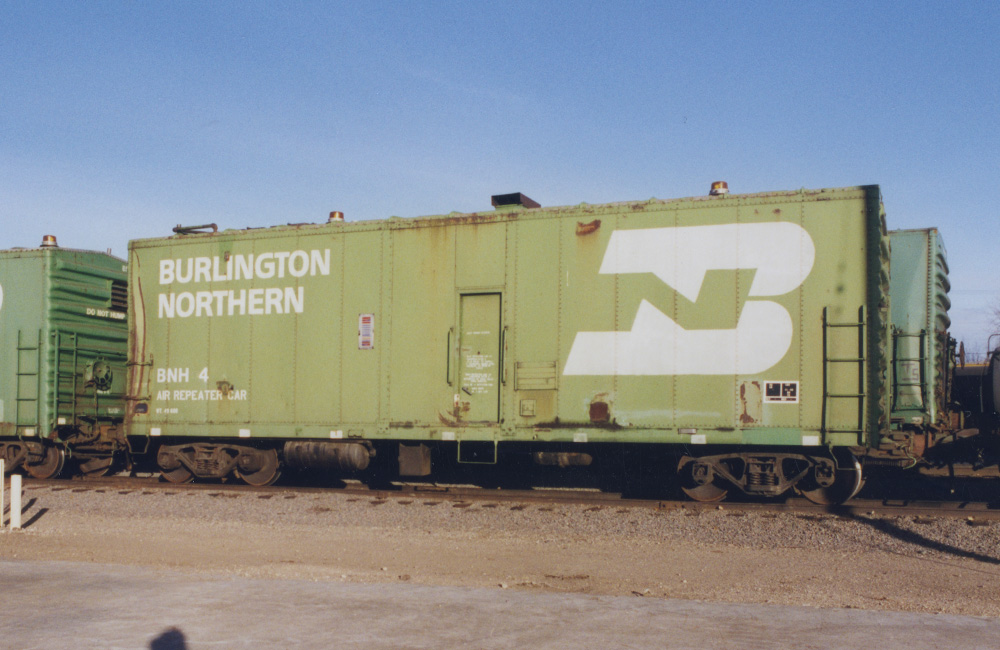
Q: While browsing a railcar photo site, I came across an interesting Burlington Northern car. The photo’s caption calls it an “air repeater car.” What is its intended purpose? Where is it mainly used? – Tom Huffman, Fort Worth, Texas A: An air repeater car is used to keep up the pressure in brake air […]
Read More…
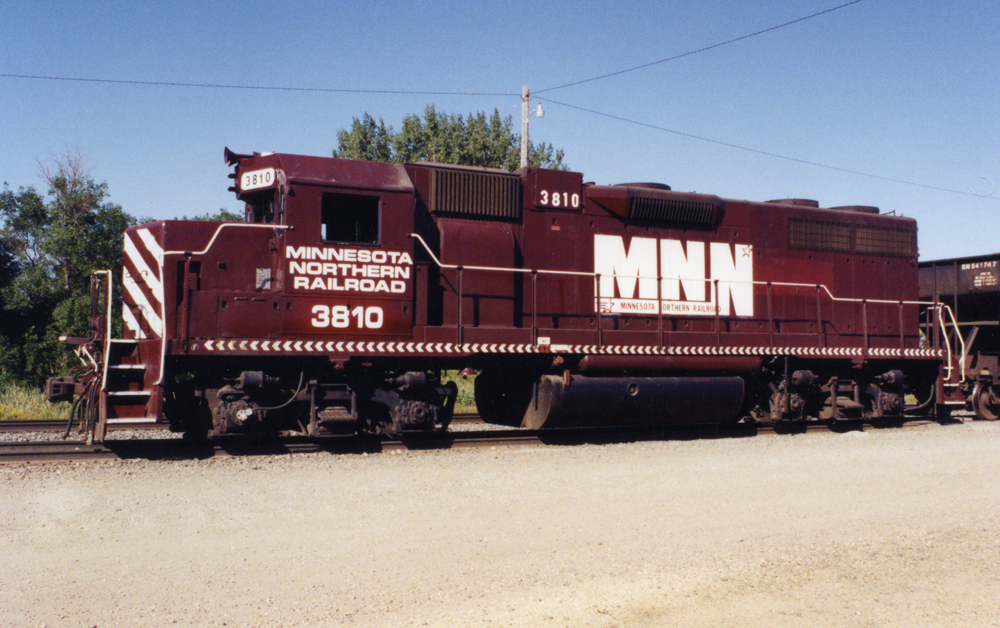
Introducing the Minnesota Northern GP38 fleet The mid-1990s brought a flurry of change to the railroad scene in Crookston, Minn., my hometown located in the northwest corner of the state. In September 1995, Burlington Northern merged with the Atchison, Topeka & Santa Fe. A year later, Burlington Northern Santa Fe sold off the branch lines […]
Read More…
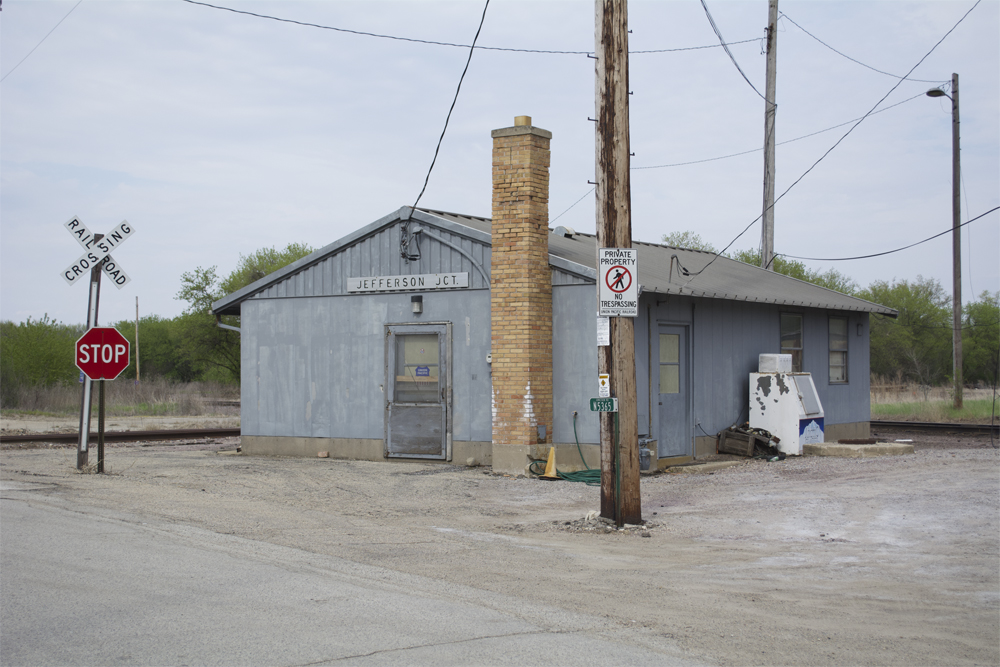
I’ve always had a soft spot for small stations. One such example can be found about 30 minutes west of Model Railroader’s Waukesha, Wis., headquarters in Jefferson. Just north of the city of 8,000 is a location on the Union Pacific (UP) called Jefferson Junction. When the Chicago & North Western (C&NW) operated the line, […]
Read More…












